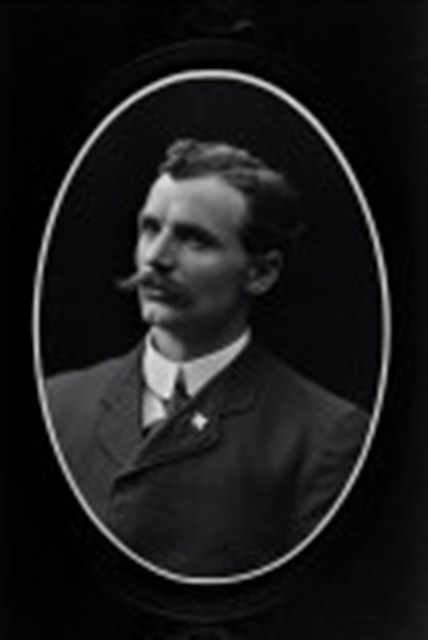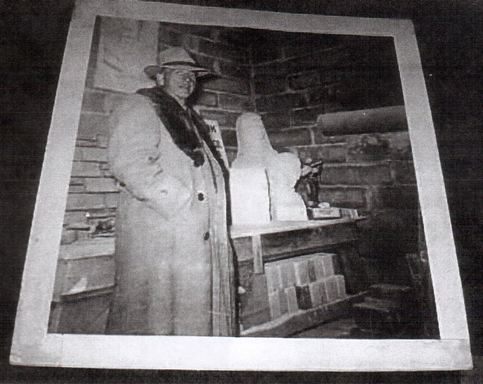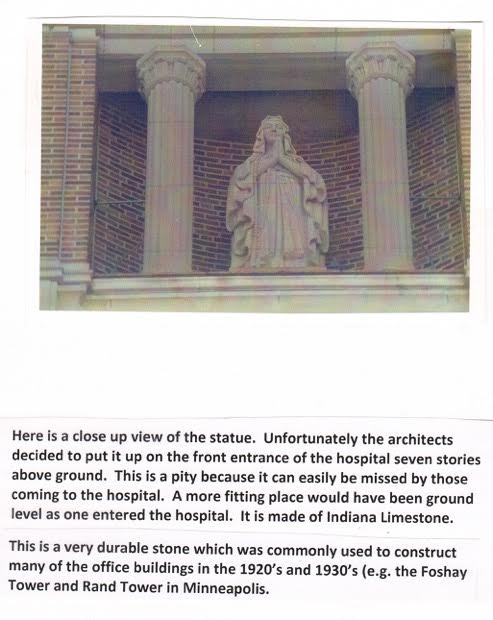 Irish Eyes
Irish Eyes
By
Mattie Lennon
From Ballinastocken to Minneapolis
“Stone is lasting: all life ends in death, but stone lives on.”--Michael McLaverty.
In My father’s time . . .(I’m beginning to sound like the late Eamon Kelly . . . if only.) anyway, in the early days of the last century there was a Cullen man, in Ballinastocken, who was known as “LaaBaa .” I’ve no idea what the nickname means or where it came from. I once asked an old schoolmaster in Lacken, who was into numerology, and he told me that the life path number of LAABAA is 9. The Destiny Number 9 in numerology stands for the ubiquity of the immortal soul and therefore the nine is always surrounded by an aura of mystery and mysticism. Those born with this number will have much success in life. What I do know is that the soubriquet adhered so persistently to Mr Cullen that only those of his own age or older knew what his real first-name was.
He is remembered mainly for rhyming-off the names of his four brothers who went to America in the 1890s, “Lar an’ Matt an’ Dan an’ Pat.” Three of them were stonecutters who learned their trade in Ballyknockan. I was recently contacted by Marge Campbell, in Illinois, a granddaughter of Matt, who is very proud of her Irish ancestry.
Laurence Cullen emigrated first and settled in Chicago where he was joined by Matthew and Patrick both of whom worked at Stearns Quarry. In 1901 the both left, for Superior, Wisconsin, and joined the William Penn Stone Company. Both brothers married in 1901 at Christ the King Cathedral, Superior.
Patrick worked in Vancouver from 1907 to 1911 when he went to Minneapolis, Minnesota.
Mathew also went to Minnesota where he became President of the Minneapolis Stonecutters Union. I wonder did he cut his trade-union teeth before he crossed the Atlantic? There was a prolonged strike in the Ballyknockan quarries in 1901. When it was settled Archbishop Walsh (the “Billy Walsh” who featured in Joyce’s Gas From a Burner) had a pamphlet distributed congratulating the quarry-owners and the workers on the settlement. Matthew died from typhoid on 16th August 1914 aged 40. His wife had died on 29th January 1914 twenty days after giving birth to twin girls one of whom, Helen, was Marge Campbell’s mother. Matthew’s brother Dan became guardian of seven orphans. Dan, who was a steamfitter, had his first child with his second wife when he was age 69 and his wife was 46. He died in 1956.
|
 Mathew Cullen |
Patrick Cullen, who worked on many prestigious projects, including the entrance to Chicago's Shedd Aquarium that can be viewed today, passed his skills on to sons Myles and Bernard. Myles Cullen also carved a statue of the Virgin Mary (See pic at bottom of page.) which is still on display on top of one of the Mayo Clinic buildings in Rochester, Minnesota. Patrick lived until 1947 and his last job was the dog which lies on top of the money box on the F&M Bank.
|
 Myles Cullen in his studio in front of some plaster Models at the Veneer Stone Company |
In the 1930s Bernard Cullen carved many well-known faces, included Stalin and Mortimer Snerd, as gargoyles on All Saints Church. He said, “We didn’t have pictures of the gargoyles so we were told , ‘carve any face you like and have fun’ .” Surprisingly, for a man with a Wicklow father, Bernard Cullen didn’t like granite. He said he preferred to work in , “ . . . any good Minnesota limestone.” He carved a piece of the Rock of Gibraltar for the lobby of the Prudential Insurance Company and described the Monolithic limestone as “An oddball to carve.” Obviously he wouldn’t agree with the character in Seamus Murphy’s Stone Mad who referred to the Ballyknockan granite as being “like oatmeal “ and commented on how easily carved it was.
The Cullen brothers worked on the 20 ton replica of the Great seal of Minneapolis which was hoisted on to the wall of the Minneapolis Auditorium in the 1960s. The Minneapolis Tribune of 17th February 1967 had a picture of Myles Cullen dwarfed by the seal, which was 26 feet in diameter.
His brother Bernard said, “ The Great seal was so big we had to hire a ballroom so that we could lay it out.” Myles Cullen’s sons say their father’s work felt normal and common to them when they were young. Every Saturday they would help clean stone dust from a workshop their father and uncle bought, and be rewarded with a soda pop. Today, they say, they are amazed by their father’s work.
Laurence Cullen’s sons, Patrick and Laurence, were also stonecutters. Patrick was Recording Secretary for Chicago Stonecutters Union. It is no surprise that the men from Ballinastockan passed their crafts on to the next generations. In Ballyknockan, a Wicklow Stonecutters’ Village By Seamas O Maitiu and Barry O’ Reilly, we are told that, “ Stone cutting is a craft that does not just spring up out of the ground on the discovery of a promising seam of rock. It is passed on from generation to generation and stone cutters have always been willing to follow their trade.”
It has been said that if you want something to last forever you should either write a song about it or carve it in stone. Well, the Cullens have left many “poems-in-stone” in the USA. And wouldn’t LaaBaa be proud of his brothers and nephews knowing that it all started with the departure of “Lar an’ Matt an’ Dan an’ Pat.”
Click on author's byline for bio and list of other works published by Pencil Stubs Online.

|






